

An ounce of information
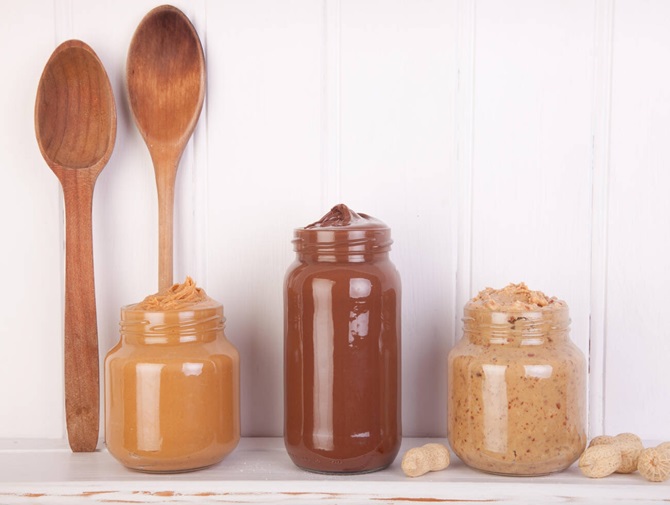
Article by Pnut King
Published on 01/05/2024 in Peanut Science
"How is peanut butter made?" Let's delve into the fascinating process that transforms humble peanuts into the creamy or crunchy delight we know and love.
In the realm of savory spreads, peanut butter stands as an undisputed favorite, captivating taste buds and serving as a versatile addition to countless dishes. Ever wondered, "How is peanut butter made?" Let's delve into the fascinating process that transforms humble peanuts into the creamy or crunchy delight we know and love.
The peanut butter manufacturing process is a meticulous journey that commences with the meticulous selection of premium-quality peanuts. Stringent quality control measures guarantee that only the finest peanuts are incorporated into the production line. The roasting phase emerges as a pivotal step, elevating flavor profiles and laying the groundwork for the desired taste. Through precision grinding, the roasted peanuts are transformed into a paste, undergoing further refinement with the addition of carefully measured ingredients such as salt, sugar, and oils. The ultimate product undergoes meticulous packaging, adhering to industry standards for unparalleled quality and consistency.
In response to the ever-evolving preferences of consumers, the peanut butter market presents a diverse array of varieties. From the timeless creamy texture to the hearty chunky options, manufacturers customize their products to cater to a wide range of taste preferences. Natural peanut butter, devoid of additives, specifically caters to health-conscious consumers seeking an authentic and pure experience. Strategic innovations, including honey-infused, sweetened variations, and specialty blends featuring chocolate or spices, strategically target niche markets, providing a distinct competitive advantage.As manufacturers navigate the market, the diverse range of product offerings tailored to specific taste preferences positions them strategically in the competitive landscape. For those searching for information on "butter processing," "butter manufacturing process," and "butter production process," this overview provides insights into the precision and variety within the peanut butter industry.
The process begins with the careful selection of high-quality peanuts. Peanuts are inspected for freshness and quality to ensure the final product meets industry standards.
The selected peanuts undergo a thorough cleaning process to remove any dirt or foreign particles. After cleaning, the peanuts are shelled, separating the kernels from the outer shells.
The shelled peanuts are then roasted to enhance flavor and aroma. Roasting is a critical step that also helps remove excess moisture from the peanuts. The temperature and duration of roasting are closely monitored to achieve the desired flavor profile.
Roasted peanuts are cooled before further processing. This step is essential to prevent the peanut butter from having a gritty texture.
The cooled peanuts are fed into grinding machines. The grinding process transforms the peanuts into a thick and coarse paste. The intensity and duration of grinding determine the final texture of the peanut butter, whether creamy or chunky.
The peanut paste undergoes mixing to ensure an even distribution of oils. Homogenization is employed to achieve a consistent texture throughout the product.
Additional ingredients are added to the peanut paste based on the desired product specifications. This may include salt, sugar, stabilizers, and emulsifiers. The quantities are precisely measured to maintain consistency.
The peanut butter undergoes further refinement to achieve the desired smoothness and creaminess. This step is crucial for creating a product that meets consumer expectations.
Rigorous quality control measures are implemented at various stages of production. This includes testing for taste, texture, and adherence to safety standards.
The final peanut butter product is carefully packaged into jars, containers, or other appropriate packaging materials. Packaging is designed to preserve the freshness and quality of the product.
Each packaged product is labelled with relevant information, including nutritional facts, ingredients, and branding. Compliance with regulatory requirements is ensured.
Packaged peanut butter is prepared for distribution to retailers and consumers. Proper storage and transportation conditions are maintained to prevent quality deterioration.
Manufacturers may produce different varieties, such as creamy, crunchy, or speciality blends, to cater to diverse consumer preferences. Innovations like flavoured or organic peanut butter are also introduced to capture niche markets.
This detailed process provides a comprehensive overview of the peanut butter manufacturing journey, highlighting the precision and attention to quality at each stage of production. As consumers seek authenticity, health-conscious choices, and diverse flavour experiences, these manufacturers rise to the occasion. Their offerings cater to a spectrum of preferences, from classic creamy to innovative speciality blends. With a keen understanding of market dynamics, they continue to shape the peanut butter landscape, introducing new varieties and capturing the essence of evolving tastes.
In conclusion, the process of making peanut butter is a harmonious blend of science and artistry. Guided by the hands of skilled manufacturers, each jar represents a masterpiece, waiting to be savoured by discerning consumers.
For those delving into the nuances of the "peanut butter making process," seeking insights into "the process of making," or exploring renowned "peanut butter manufacturers," this comprehensive overview provides a symphonic journey through the heart of peanut butter craftsmanship.
With over 17 years of experience in the peanut industry and numerous awards recognising his contributions, he founded Agrocrops in 2008, a leading global peanut company. His passion for peanuts drives his commitment to improving the industry for all stakeholders and promoting sustainability.
.jpg)
Published on 03/04/2024 in
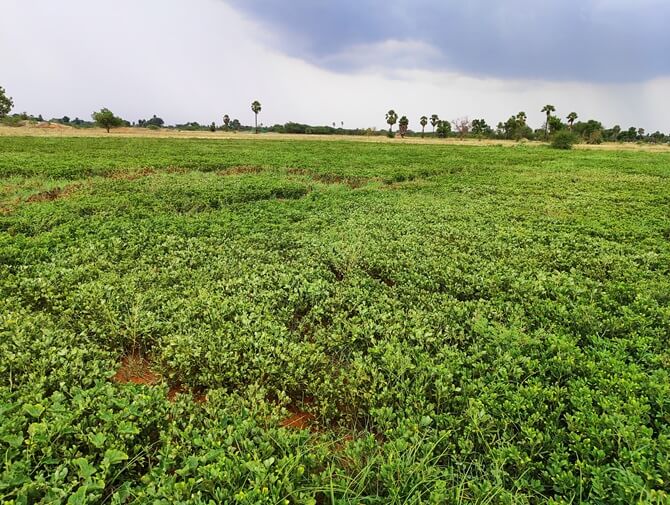
Published on 02/04/2024 in
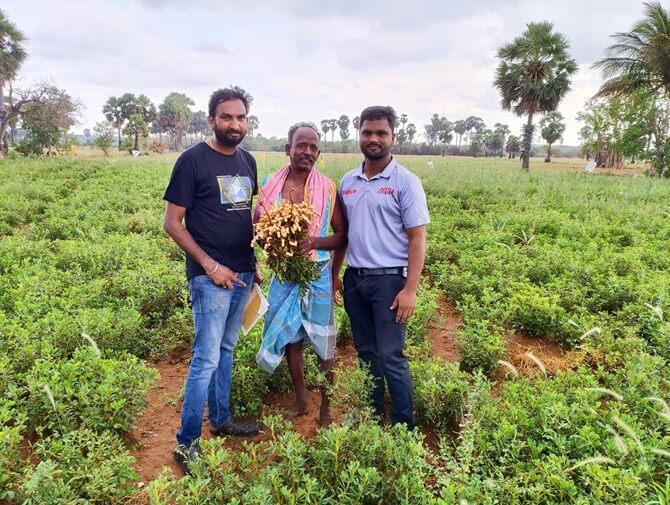
Published on 22/03/2024 in

Published on 18/03/2024 in
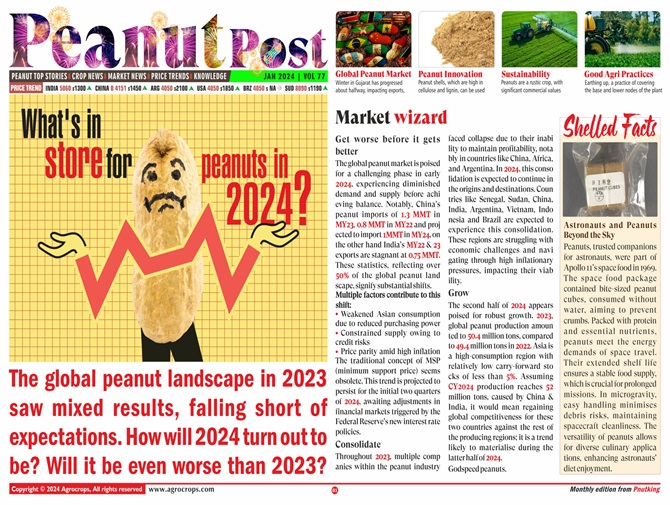
Published on 01/02/2024
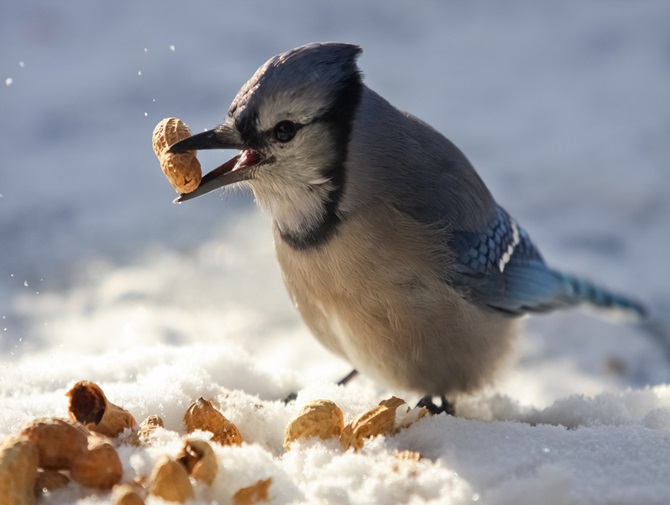
Published on 12/29/2023
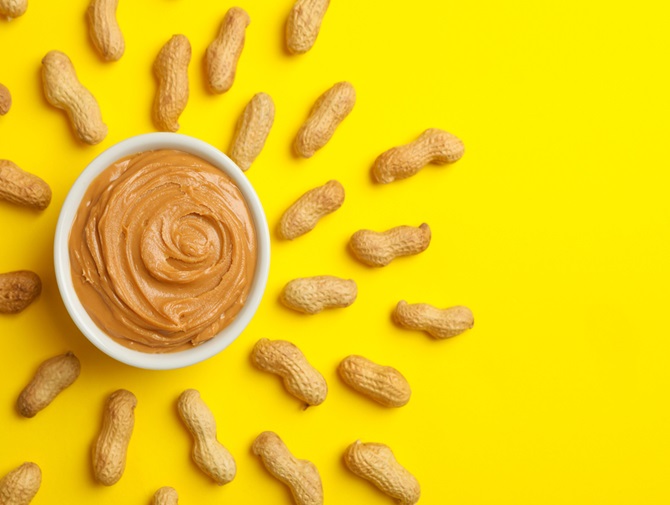
Published on 01/02/2024
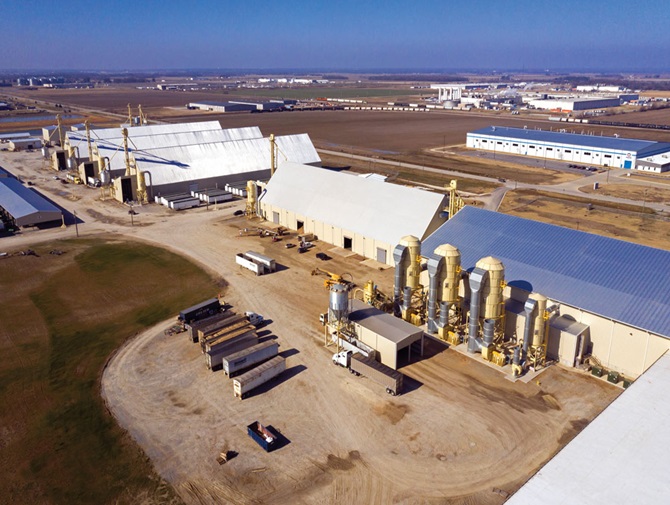
Published on 12/21/2023
